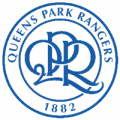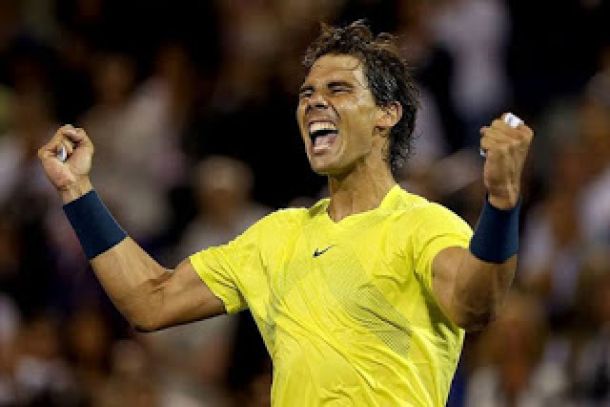The U.S Open Series starts Monday. The Series, made up of nine events spread out over five weeks of tournaments climaxing in the U.S Open, is well worth celebrating for numerous reasons.
Fans get plenty of tennis: First and foremost, tennis fans get seven weeks of hard court tennis, on the surface that is perhaps the fairest of them all, rewarding offensive, defensive and all-court play.
It makes sense: The tennis season, to be frank, is a mess. Other than the clay court season, none of it makes sense: the first slam starting three weeks into the season with barely any warm ups; the big hard court Masters in Indian Wells and Miami coming after; two weeks between the French and Wimbledon, and the mish-mash of outdoor and indoor hard-court events that makes up the anti-climatic season end.
So, just as with the clay court season, it is nice to have the US Open Series. It make a professional sport look, well, professional. Tennis is competing with Football, Basketball, Ice-Hockey, Baseball and American Football for the attention of sports fans. The more organised and easy to follow it is, the more new fans will jump on board. Tennis does not need casual fans or those new to the sport wondering why there are some random clay court events after the grass and why the end of the season has a mix of outdoors and indoors events with no big final hurrah. It needs fans to see it looking as professional as it can, which means being organised, in order to get them spending their time nodding their head in approval, and not scratching it.
The players get some prep and we get some good play at the Open: Players need the prep for the filthy hot conditions the U.S Open will be competed in, plus it helps to get back into the swing of things on hard after the grueling clay court season and the bitty grass court 'season.'
And, as a result of the Series, the U.S Open has produced some of the best slam matches in recent years, such as the Djokovic-Federer semis in '10 and '11, the Murray-Djokovic '12 final, the Del Potro versus Federer final in '09, and the Serena Williams-Vika Azarenka '12 and '13 finals. The latter rivalry between Williams and Azarenka on hard courts has developed into the most intriguing one in women's tennis, a welcome addition to a tour on which rivalry was becoming an obselete term.
It motivates the players: Hard courts are hard on the body, especially the joints, and the North American summer is brutally hot and humid, so there are plenty of reasons to skip a few U.S hard-court summer events, especially if you have already tasted some glory earlier in the season and need some rest. But with a leaderboard to climb and some checks to cash, the body can recover in some nice hot tub by a beach even more decadently come mid-September. Players like Federer, Williams, Nadal, and Djokovic, who win the most matches and play the least events, have all put in time and won the series, no doubt driven by adding some more prestige to their resumes. And the possibility of adding a million dollars to their U.S Open prizemoney, should they win both the Series and the Open, is probably somewhat of a draw.
Lesser known players can thrive: By lesser-known, this mean players who casual tennis fans might not be too aware of. For example, Elena Dementieva, Sam Querrey, and Mardy Fish, all of whom have won the series, and won a few column inches as the sports media profile them. The last two names, Querrey and Fish, are particularly important as tennis in the U.S wanes on the men's front, so any male player doing well, and being handsomely rewarded, will encourage a few youngsters to pick up a racket and work towards the same.
With all the pros of the U.S Open series, it is hard to figure out why the rest of the tour does not get itself together and in shape. Imagine how Wimbledon and the Australian Open would be, too, if they were preceded by such a lead-up? The former, in particular, would benefit as there might be less early exits from the big names and better play overall as players adjusted to the surface.
But that's the stuff of further debate. For now, as the U.S Open Series gets ready to serve up seven weeks of tennis, tennis fans have some popcorn to microwave, some sofas to sink into and some serious hard-court tennis to enjoy.









































